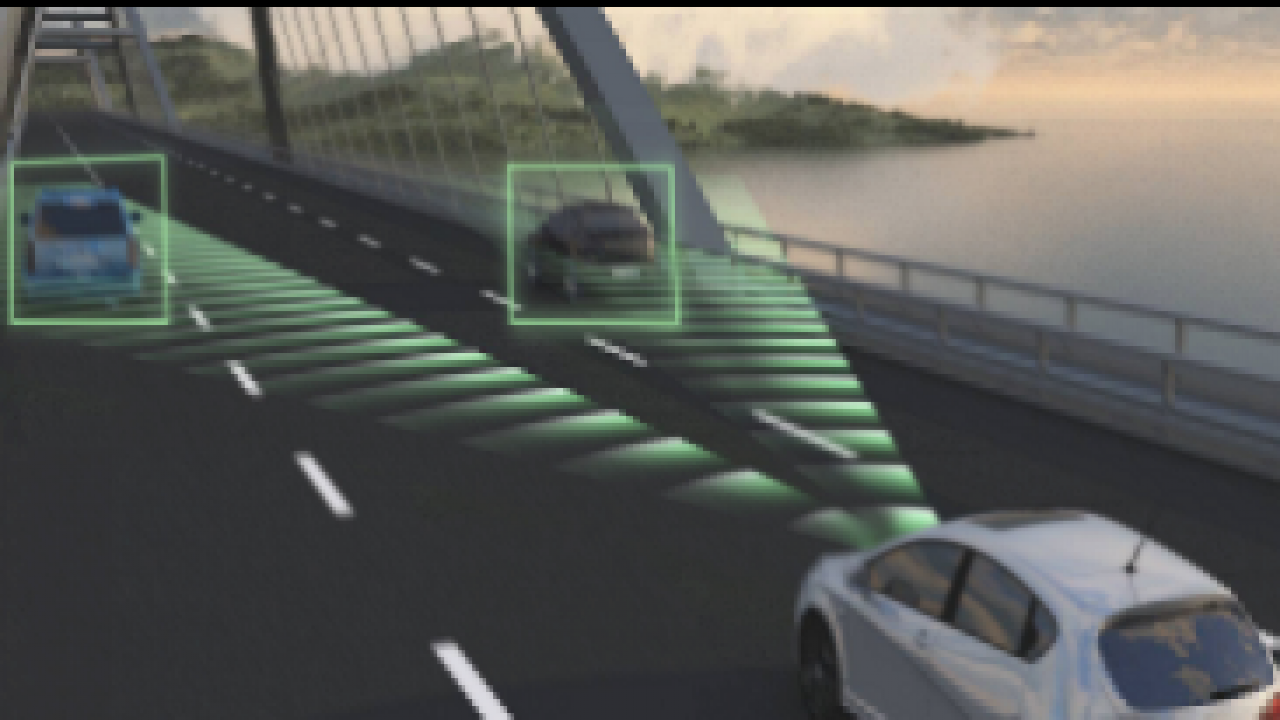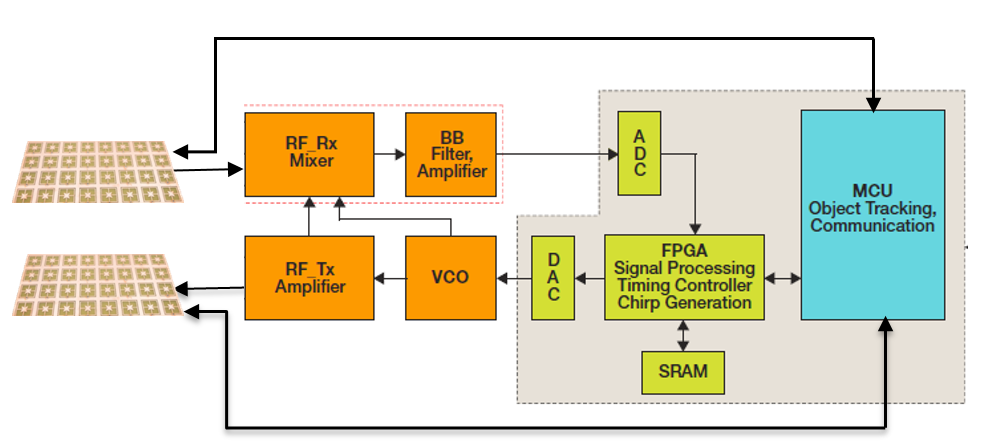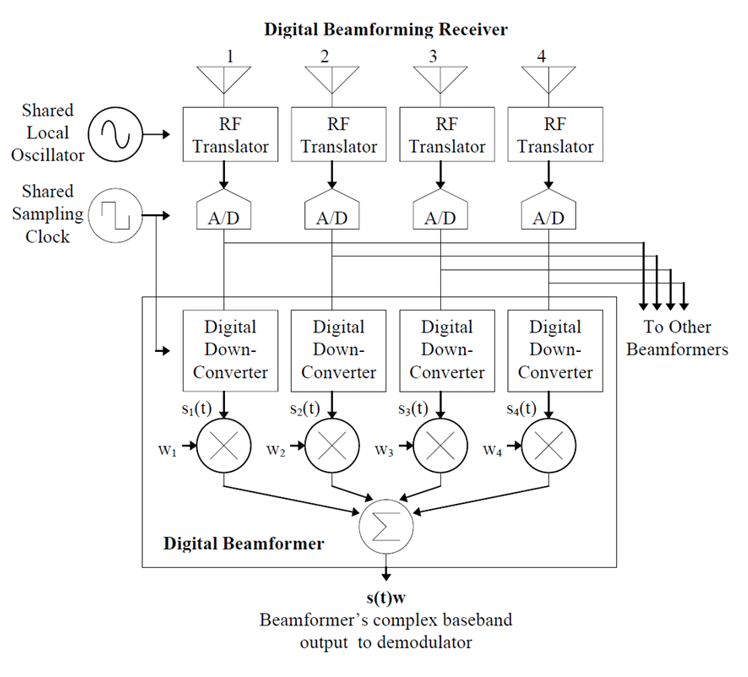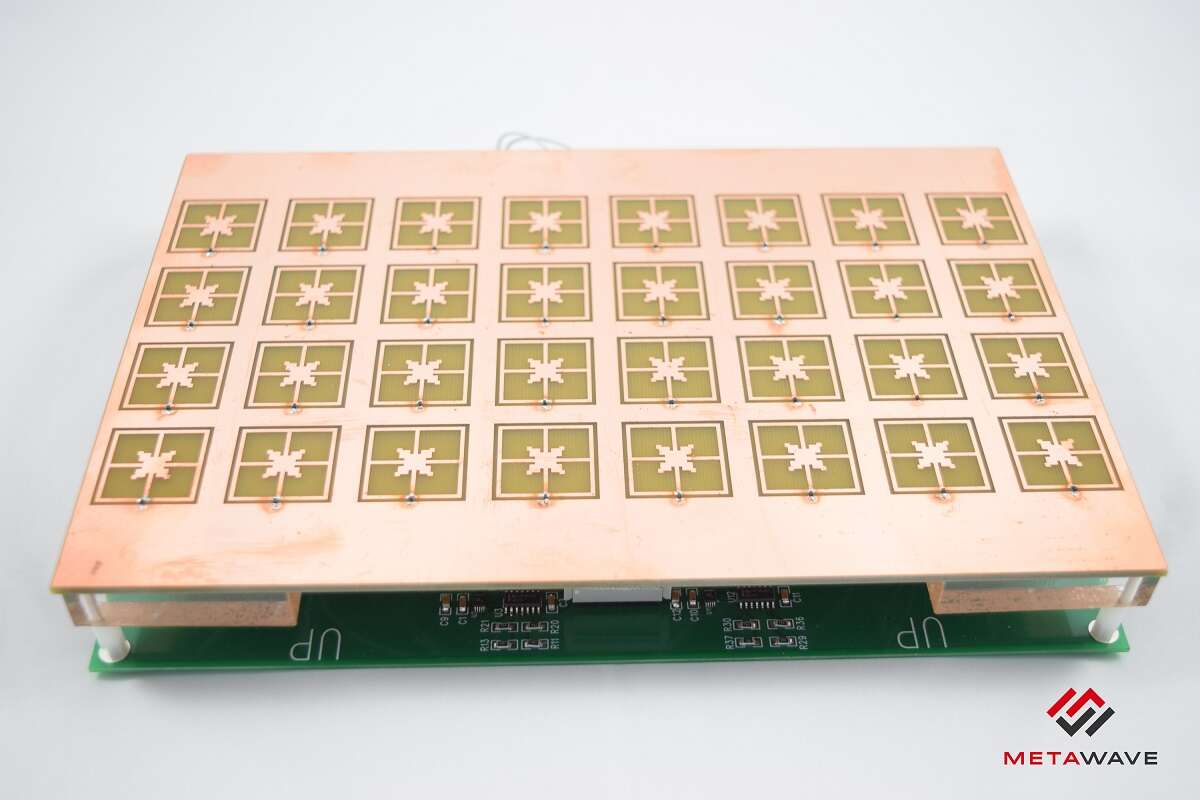Future Auto Radar Goes Back to Analog
Article By : Junko Yoshida, EE Times

Metawave, spun out of PARC, thinks that it can alter what the automotive industry perceives as the "limitations" of conventional radars, by using metamaterial-based analog beam-forming and AI engine built into a complete radar package.
MADISON, Wis. — Many carmakers, in order to increase the real-world situational awareness of their highly automated vehicles, have already accepted the necessity of literally surrounding every chassis with different types of sensors. What’s not given, however, is the quality of these sensors. How good, for example, are vision, lidar and radar sensors today, and how much better do they have to get?
Metawave Corp., spun out of PARC, a Xerox company based in Palo Alto, Calif., thinks it can alter what the automotive industry perceives as the “limitations” of conventional radars. Today, automotive radars can’t see faraway objects and can’t discriminate what they see. They operate at processing speeds that aren’t fast enough for the highway.
In short, today’s automotive radar can’t see objects that a camera or lidar can see. Its only saving grace is that it operates in all-weather conditions.
Leveraging an exclusive license it received from PARC to commercialize metamaterials radar and antennas, Metawave, founded in Janauary, is touting its “full radar package.” It plans to show off a prototype at the Consumer Electronics Show in January 2018.
Metamaterials are small software-controlled engineered structures, laid out on a printed circuit board. They are said to be able to steer electromagnetic beams in ways that were previously only possible with the much larger, powerful and more expensive systems typically confined to military use.
Metawave, however, isn’t blaming radar chips — designed by such suppliers as NXP, Infineon or Texas Instruments — for the problems of today’s automotive sensors. In fact, Metawave’s full radar package is radar chip agnostic. Rather, the startup blames the beam-forming technology in radar sensors, including the antenna, for causing problems in resolution and speed.
Back to analog
Maha Achour, Matawave’s CEO, believes it’s time the industry gets “the radar platform back to analog.” Stressing that “we still exist in the analog world, and so does the car,” she said Metawave intends “to build an affordable, high performing analog radar platform without the complexity and cost that we would see in military-grade operations.”

Click here for larger image
Metawave’s analog radar technology is based on an electronically steerable antenna. It uses a single antenna with two ports, one connected to the Tx or Rx chain and the other one to the MCU. The MCU defines and controls antenna beamwidth and direction by using lookup table, allowing Metawave’s analog radar to attain micro-second speed scanning. (Source: Metawave)
By using a single antenna, Achour claims Metawave has designed an analog radar that can steer and shape a beam in the horizontal and vertical directions, and adjust the beam from a wider field of view to a very narrow cone — down to one degree. “And we can do it very fast — not in milliseconds, but in micro-seconds,” Achour said.
But how does Metawave’s analog radar compare with the digital radars now conventional in vehicles?
Radars based on digital beam forming (DBF) technology require antenna arrays to focus the electromagnetic signal emitted by a transmitter in a specific direction and steer it in other directions. The receivers then acquire return signals from objects and process them digitally to form an image of the scene.
To enable this process, digital radar must “inject different phase delays at each antenna to make the beams add constrictively in one direction and destructively along others,” Achour explained.
The flaw in DBF is those phase delays. Computations require complex and lengthy digital signal processing. “Such intense signal processing results in extremely slow reaction speeds (millisecond delays in terms of steering the beam) and poor ‘collective’ radiation patterns as the beam is steered away from the boresight (zero degree angle),” Achour noted.

Click here for larger image
Today’s conventional radar sensors used in vehicles are based on digital beam forming technology, where phase delays (also referred to as weights “wi” in the diagram) are computed by using complex and lengthy digital signal processing. The antennas have static radiation patterns and rely on the digital weights to shape and steer the beams. (Source: Metawave)
Hence, she said, “These ‘dumb’ radars at long ranges don’t see over a wide angle because of their poor control of the main and sidle lobes.”
Making decisions on objects far away
Drue Freeman, a consultant and investor currently working with Metawave, told EE Times, “In my opinion, one of the biggest issues that architects of autonomous vehicles will have to solve is being able to make decisions about objects that are further away from the vehicle.” Otherwise the top speed of automated vehicles will be limited, Freeman noted.
“Radar solutions today, with even the best digital beam forming technology, can maybe see reliably 200m ahead of the vehicle,” Freeman said. “And with that, they can detect there is ‘something’ out there, but they don’t know what it is.”
The hard reality is that DBF either supports high resolution, or high signal-to-noise ratio, but not both.
Metamaterials
Metawave boasts that it aims to offer high-performance radar similar to those used for tracking missiles — without the cost, complexity and power consumption demanded for military applications. Metawave’s analog radar “mimics a phased array,” similar to military antennas, the CEO said. The startup can do this without relying on the phase shifters deployed in military apps because it takes advantage of its own metamaterials.
Freeman acknowledged, “What got me excited about Metawave is that their metamaterial-based analog beam-forming technology allows them to finely control the radar beam, achieve faster speed of operation and… better signal-to-noise ratio without sacrificing resolution.”
AI integration into radar
In addition to the “vision” and “speed” enabled by metamaterials in radar and antenna, Metawave’s analog radar will also bring “intelligence,” according to Metawave Chief Technology Officer Bernard Casse. Metawave has embedded an AI engine in the radar.
Inside the AI engine are a host of algorithms, including “range-Doppler estimation algorithms, clutter and jammer suppression algorithms, object detection and tracking algorithms, other proprietary electromagnetic and radar codes, in addition to deep learning and decision-making algorithms,” Casse explained.
Asked what exactly an AI engine in radar can learn, Casse said, “It’s highly scenario-dependent.” If a vehicle goes underneath a bridge, for example, it will encounter a lot of reflection, swamping it with signals. The AI engine can sort through the interference and help the radar locate the object it needs to see.
Freeman said, “This makes sense to me in Metawave’s case, because the radar will become the first sensor to ‘see’ something in the road under many circumstances and a preliminary object classification based on a solid AI engine, before the sensor fusion processing, can be very helpful.”
Next page: Lidar vs. radar
Subscribe to Newsletter
Test Qr code text s ss



